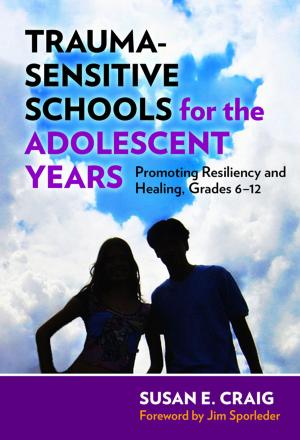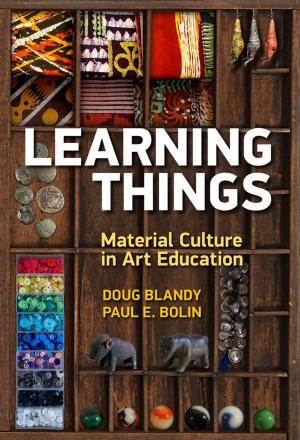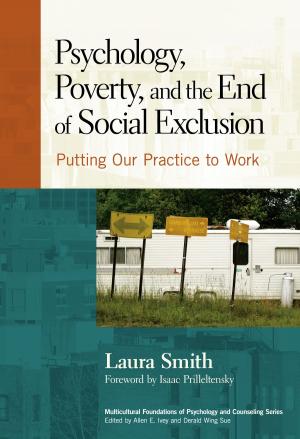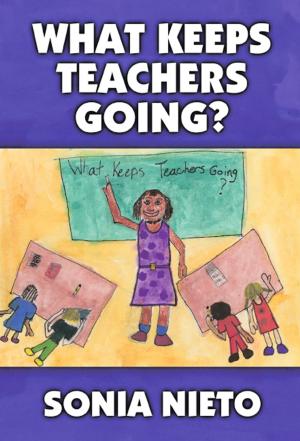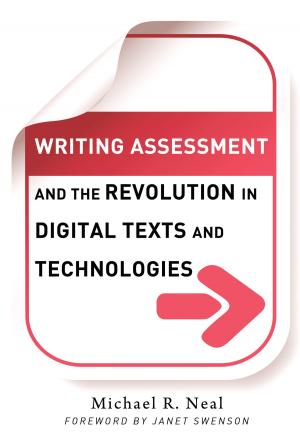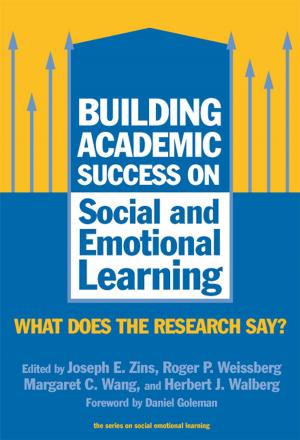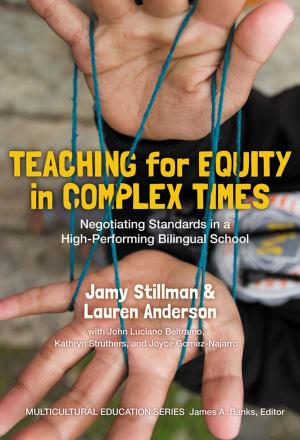Sometimes I Can Be Anything
Power, Gender, and Identity in a Primary Classroom
Nonfiction, Reference & Language, Education & Teaching, Educational Theory, Multicultural Education, Elementary| Author: | Karen Gallas | ISBN: | 9780807770221 |
| Publisher: | Teachers College Press | Publication: | December 15, 2009 |
| Imprint: | Language: | English |
| Author: | Karen Gallas |
| ISBN: | 9780807770221 |
| Publisher: | Teachers College Press |
| Publication: | December 15, 2009 |
| Imprint: | |
| Language: | English |
In her third book, Sometimes I Can Be Anything, Karen Gallas explores young children’s experience and understanding of gender, race, and power as revealed by the interactions within her first and second grade classroom. Presenting classroom research conducted over a four-year period, this experienced teacher-researcher focuses on the ways in which children collectively develop their social world. To bring that world to life, the author presents the voices and actions of specific children. The reader will meet the “bad boys,” Tony and Tom; Josie, a “tom boy”; “beautiful” Dierdre; Latia and Alexis, “proud and taking no risks”; and Rachel, a “silent girl.”
Because Gallas watches the same children for several years, she uncovers classroom dynamics that remain obscure in most studies of teaching and learning. For example, she has seen the effects of physical beauty on a child’s behavior, has noted how some children play with the idea of being the other sex, and has tracked the alliances of silent girls. This provocative book will enable the reader to look again with new eyes at his or her own classroom.
“Gallas brings alive the influence that gender and children’s negotiation for power and identity have on everyday teaching and learning encounters.”
—Young Children
“A provocative and evocative work.”
—Harvard Educational Review
In her third book, Sometimes I Can Be Anything, Karen Gallas explores young children’s experience and understanding of gender, race, and power as revealed by the interactions within her first and second grade classroom. Presenting classroom research conducted over a four-year period, this experienced teacher-researcher focuses on the ways in which children collectively develop their social world. To bring that world to life, the author presents the voices and actions of specific children. The reader will meet the “bad boys,” Tony and Tom; Josie, a “tom boy”; “beautiful” Dierdre; Latia and Alexis, “proud and taking no risks”; and Rachel, a “silent girl.”
Because Gallas watches the same children for several years, she uncovers classroom dynamics that remain obscure in most studies of teaching and learning. For example, she has seen the effects of physical beauty on a child’s behavior, has noted how some children play with the idea of being the other sex, and has tracked the alliances of silent girls. This provocative book will enable the reader to look again with new eyes at his or her own classroom.
“Gallas brings alive the influence that gender and children’s negotiation for power and identity have on everyday teaching and learning encounters.”
—Young Children
“A provocative and evocative work.”
—Harvard Educational Review





